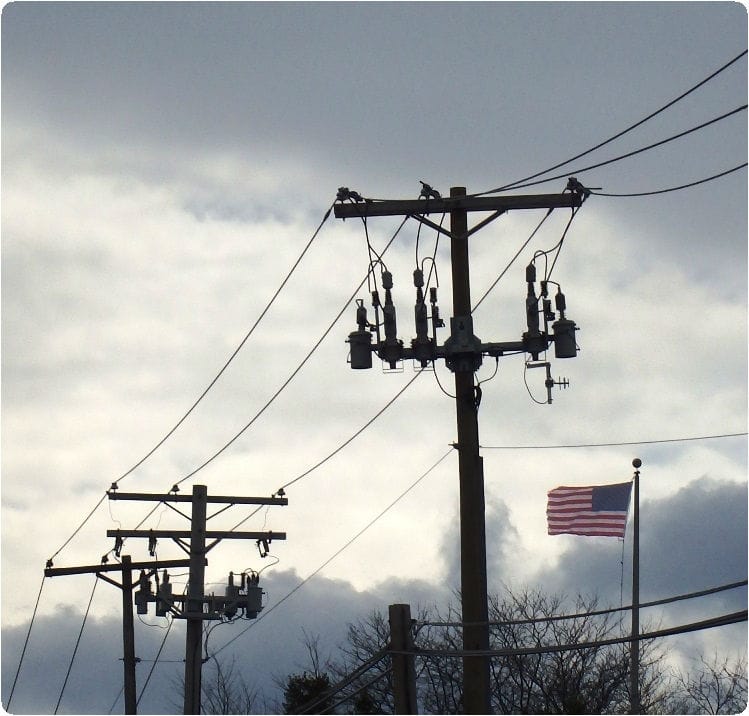Boosting Grid Resilience with DigitaLogic’s ARS-FLISR
State public service commissions began monitoring electric utility reliability indices in the late 1990s. The first standard for tracking and reporting this reliability data, IEEE 1366, was released in 1998. This standard provided a framework for utilities to measure and report on various reliability indices, such as SAIDI, SAIFI, and CAIDI. As a result, utilities have been searching for ways to leverage advancing technology in reclosers and switching devices to minimize outages and improve reliability. Common methods used in the industry are Selective Fault Clearing with Coordinated Reclosers, Loop Schemes, and FLISR.
What is FLISR?
FLISR (Fault Location, Isolation, and Service Restoration) is the term coined by the electric utility industry in the early 2010s to describe automatic service restoration after a fault. FLISR typically requires a combination of software and hardware (e.g., SCADA-controlled switches, reclosers, sensors, a communication network, and other devices) to locate and isolate faults and restore service without direct human intervention. Many utilities have implemented FLISR on a limited basis, resulting in so-called “Islands of Automation” and have struggled with scaling FLISR to their entire service territories.
In the late 1990s, DigitaLogic began working with a large utility in the northeast to develop its EFS (Enterprise to Field System) platform to enable the utility to monitor, control, and automate its system, leveraging existing field assets (reclosers, switching equipment, etc.) and telecom networks. DigitaLogic developed the AutoRestoration application (now called ARS-FLISR) for locating faults and restoring service automatically.
Over the last decade and a half, EFS and ARS-FLISR have benefited enormously from the partnership and incremental improvements in real-world implementation. Today the utility has close to 5,000 reclosers, substations, and other O/H or U/G equipment[1]. Every feeder capable of automation is included in the ARS-FLISR scheme. The EFS platform delivers on the utility’s requirements for high availability for operators, user authority, access level, cyber security, disaster recovery, resiliency, improving the reliability of the real-time data network, connectivity to field devices, and future-proofing the system. EFS and ARS-FLISR have truly become “best of class” technology for reliability improvement in the utility industry.
[1] Reclosers by Cooper, ABB, G&W, S&C Motor Operated Pad-mounted gear, OH VBM and Motor Operated switches. Devices such as IntelliTeam® and IntelliRupter® PulseCloser® Fault Interrupter
What are the challenges of FLISR implementation?
Implementing FLISR (Fault Location, Isolation, and Service Restoration) can be complex and comes with multiple challenges including:
- Integration and automation with existing SCADA (Supervisory Control and Data Acquisition), OMS (Outage Management Systems), and ADMS (Advanced Distribution Management Systems).
- Significant resources, time, and corporate commitment for implementation.
- More frequent firmware and software upgrades compared to traditional utility equipment.
- NERC CIP compliance.
- Constantly changing technologies (i.e., telecommunications, field equipment, etc.) and regulations causing obsolescence risks for implementation after a brief period.
How Can FLISR Challenges Be Overcome?
DigitaLogic’s EFS with ARS-FLISR delivers the solution to these challenges by enabling utilities to bring the monitoring, control, and automation functions of their existing legacy devices, new devices, and FISR islands of automation onto a single, unified platform. EFS uses a combination of central intelligence and edge computing to cost-effectively solve virtually any challenge faced by a utility. The EFS/ARS-FLISR platform empowers utilities to develop cost-effective processes for FLISR implementation and maintenance by:
- Employing standard practices that enable a utility to build their smart grid using existing infrastructure (reclosers, switching devices, substations, telecom, FLISR applications, etc.) and expand the system with modern equipment or technologies.
- Delivering cybersecurity tools to support complying with NERC CIP.
- Minimizing set-up time for controller and telecom configuration.
- Developing standardized ARS-FLISR “schemes” and minimizing the need for custom schemes.
- Using EFS troubleshooting and remote access tools for fine-tuning the system, minimizing the need for “truck rolls.”
- Reducing human resource requirements due to automation of the process for adding new devices to the EFS, ARS-FLISR, and distribution SCADA system.
- Providing Central System Management with distributed implementation.
[1] Reclosers by Cooper, ABB, G&W, S&C Motor Operated Pad-mounted gear, OH VBM and Motor Operated switches. Devices such as IntelliTeam® and IntelliRupter® PulseCloser® Fault Interrupter


